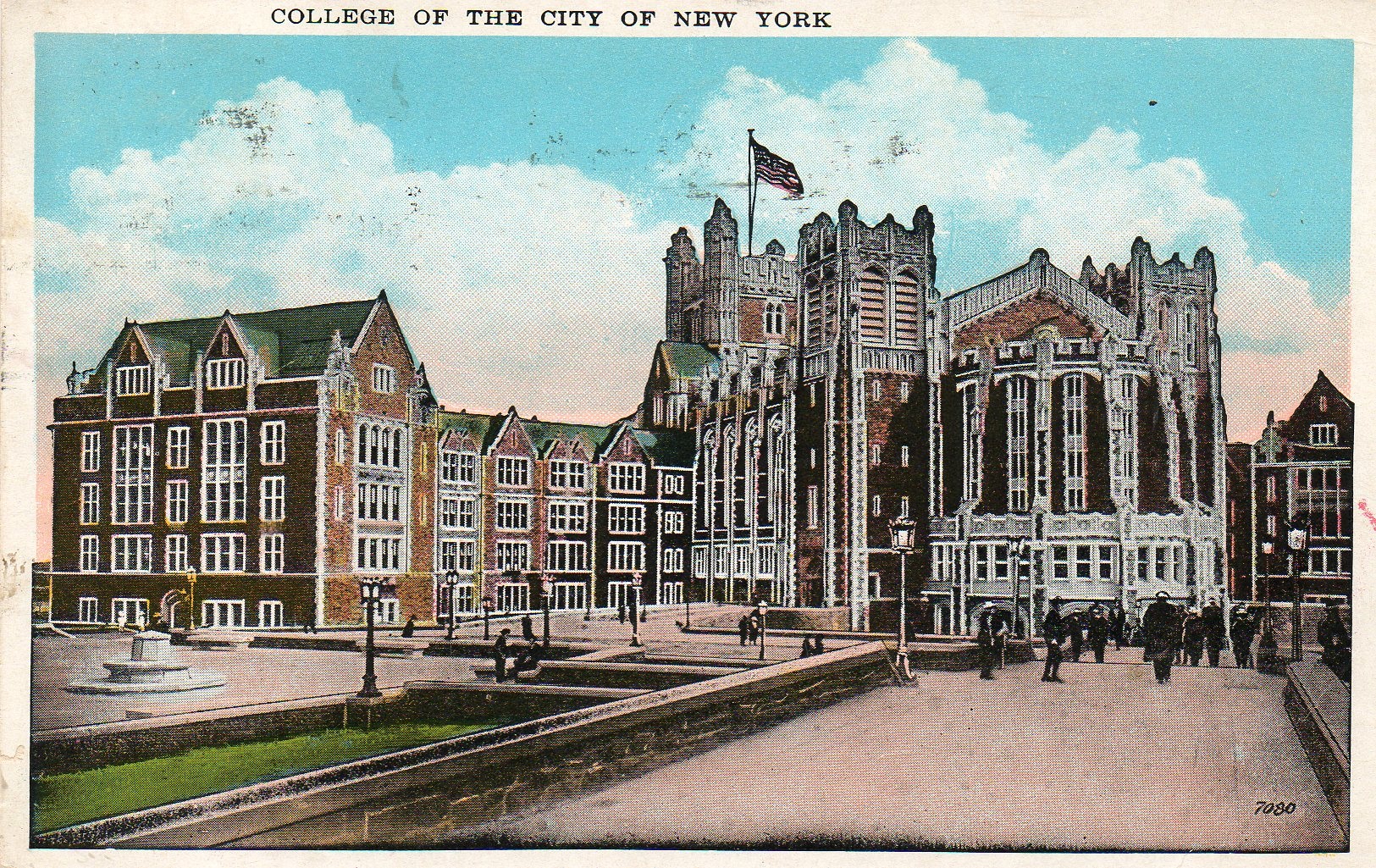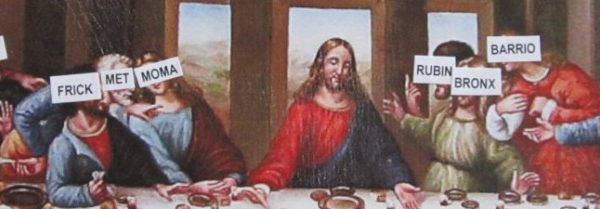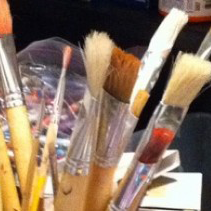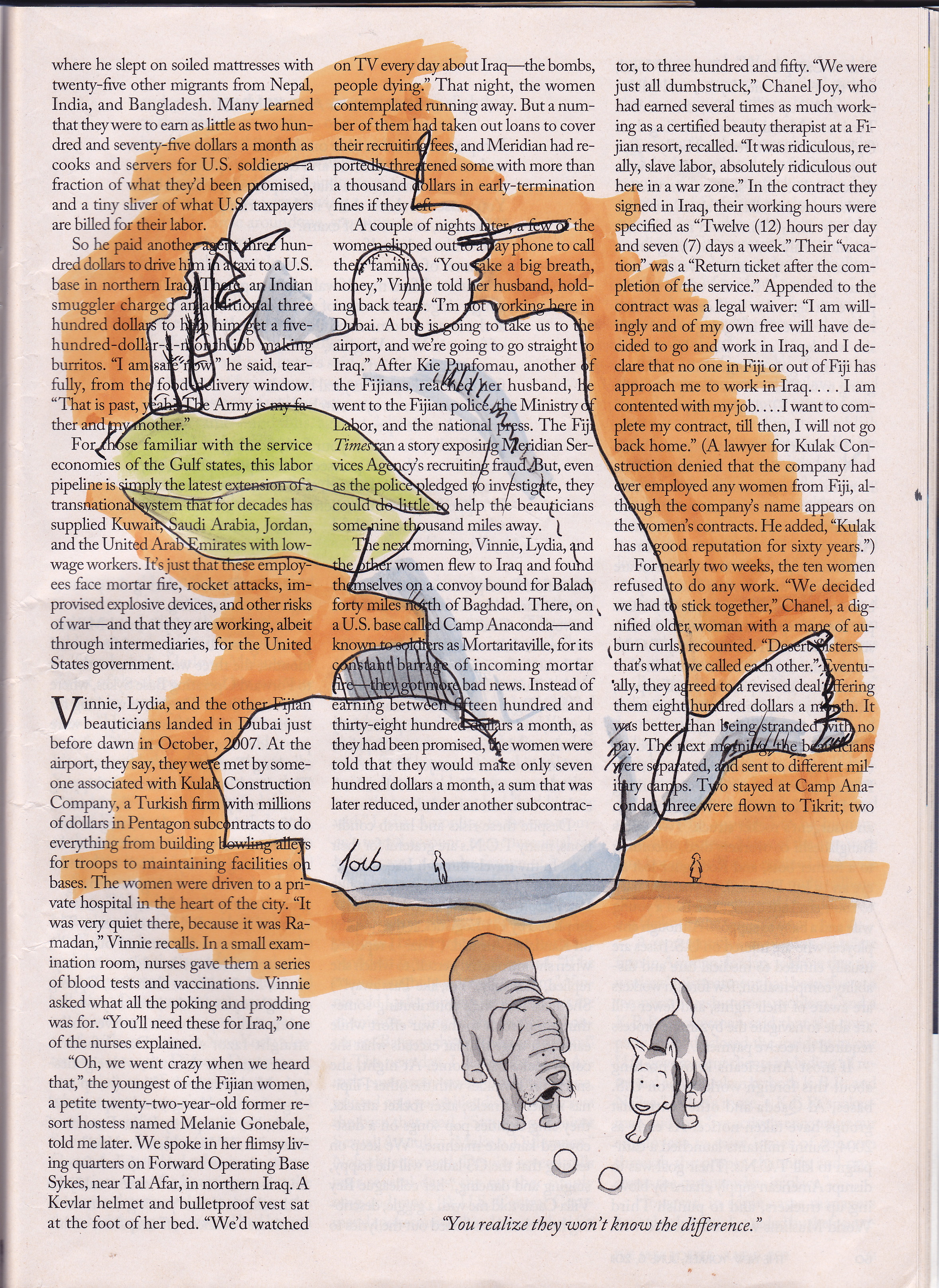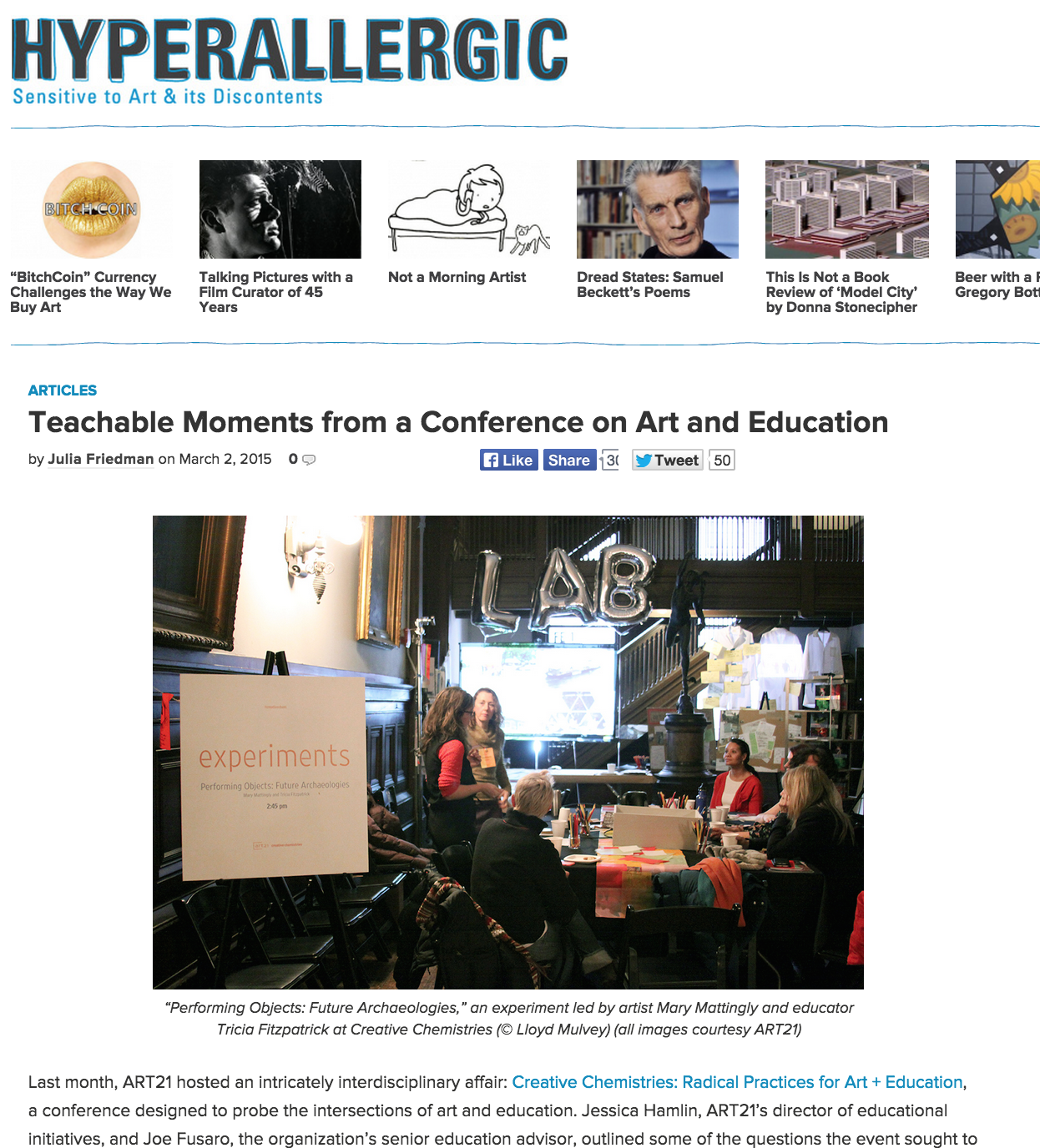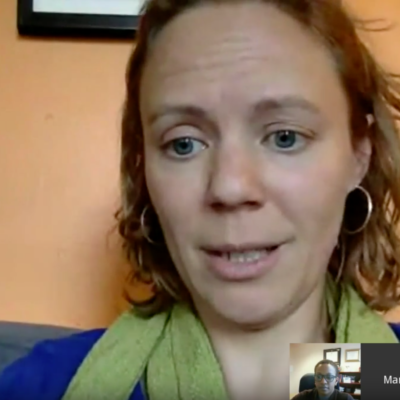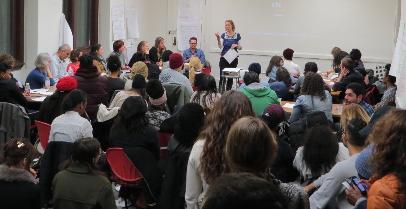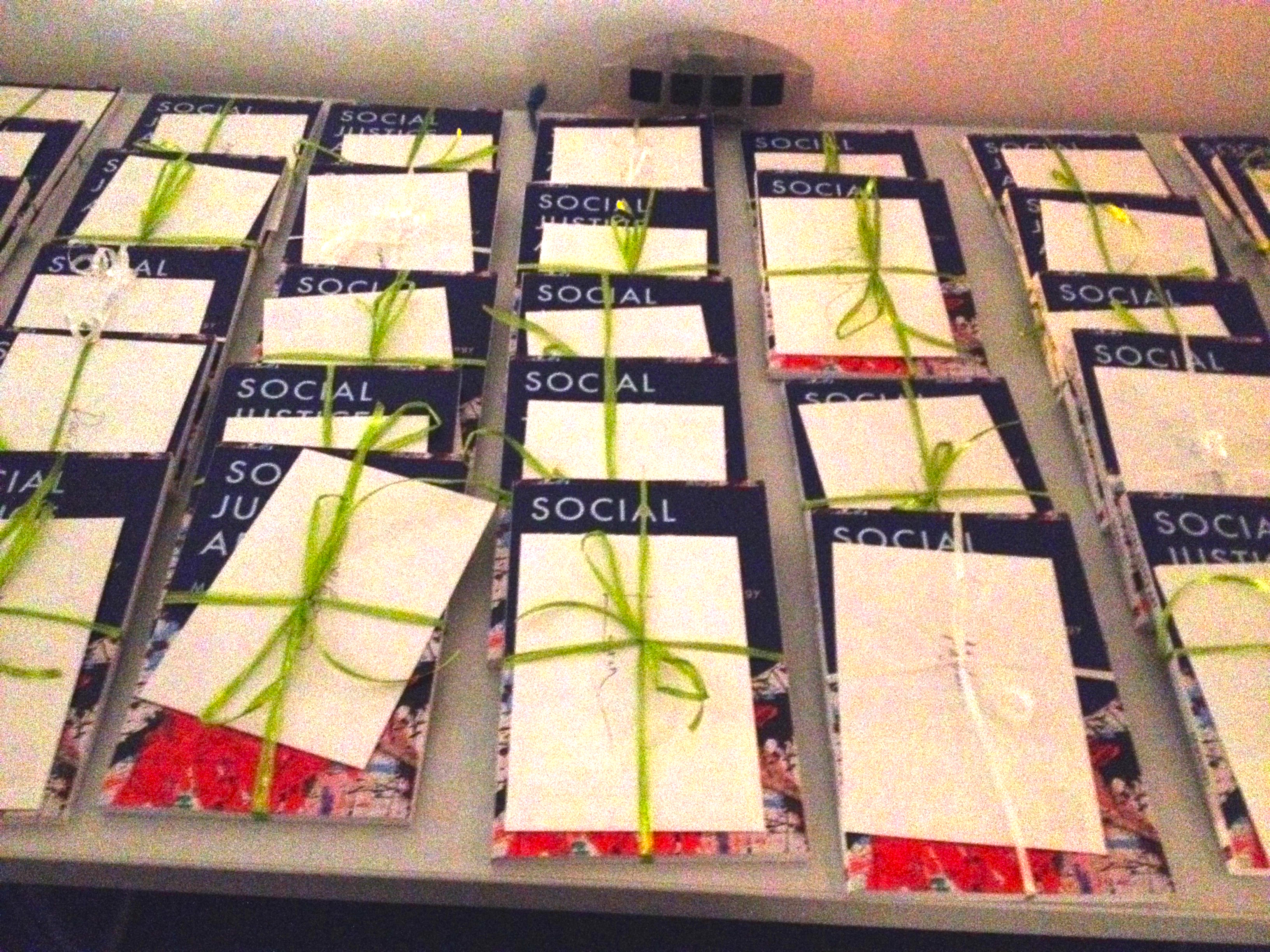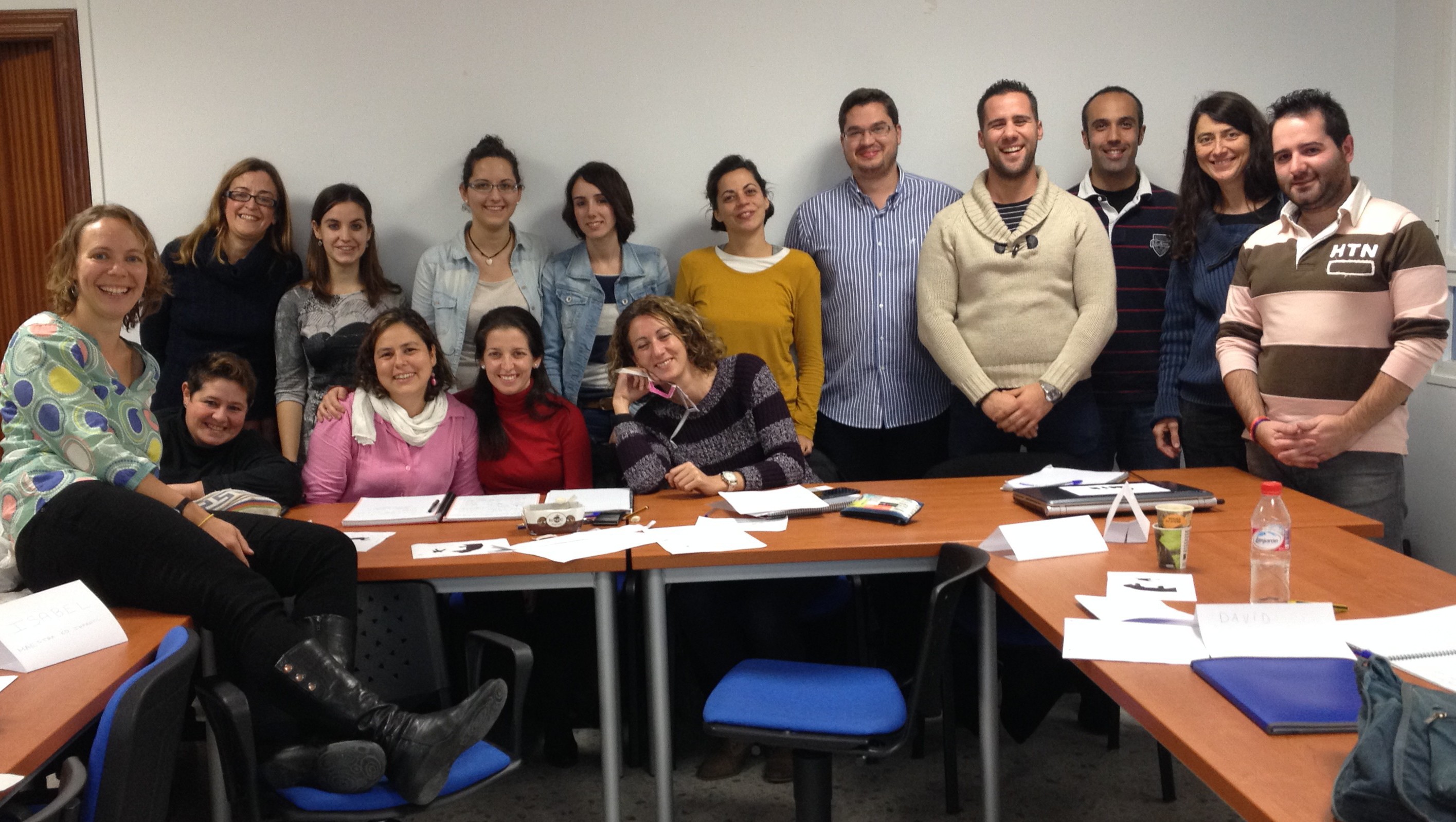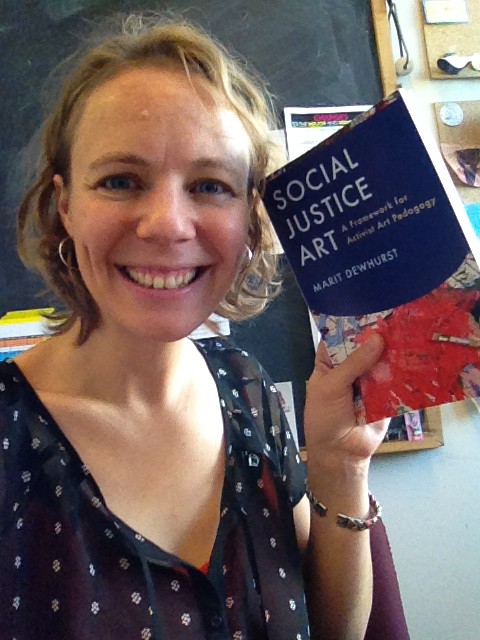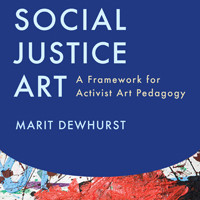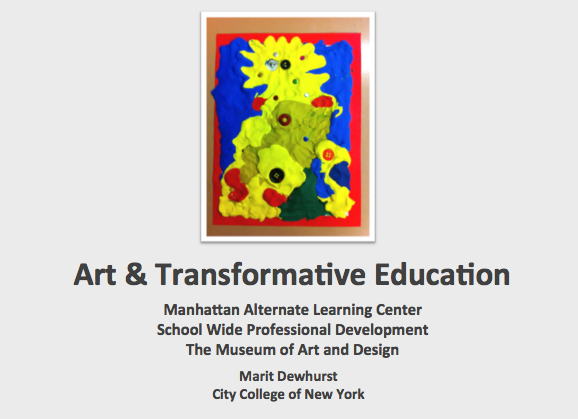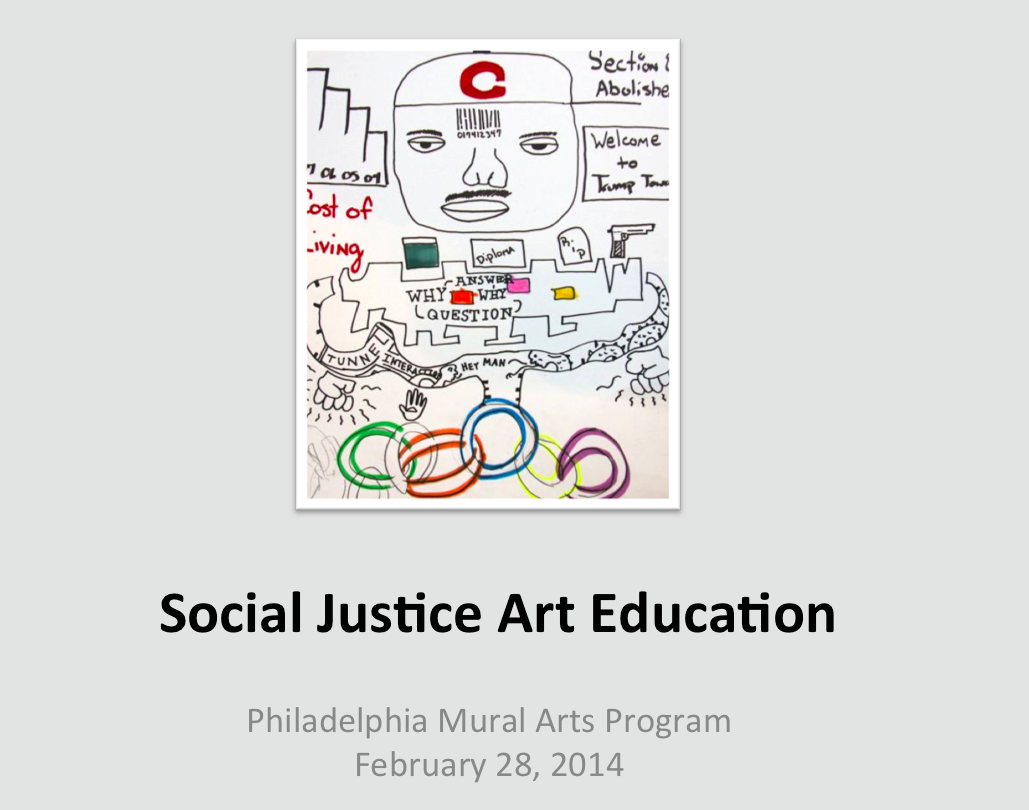As the daughter of two folklorists, I have witnessed the unique capacity of the arts to transform communities since I was a small girl, skipping through museums around the world. As a teenager, sitting through interviews with Native American quilters, and Hmong story cloth weavers, I heard countless stories of the unifying and inspiring qualities of community-based art.
In college and beyond, I tested those beliefs through in-depth studies of and participation in community arts, youth development, and social justice education. I have worked in museums, community centers, juvenile detention centers, rural villages in Sub-Saharan Africa, and major urban centers in the United States.
Across these wildly different settings, I have continued to see the ways in which participation in arts and cultural activities can strengthen communities, mobilize activism, and empower people to act as agents of social change. Despite the oft-cited power of this work, we still struggle to name what happens when people apply creative solutions to social inequality or injustice. And despite the many people who see value in this work, the obstacles to fully engaging the intersection of art, education, and social justice are plentiful. All this to say that there is work to be done.


